It’s currently a fast-paced technological world and smart toys are getting famous for a good number of reasons. Take programmable lego toys that come with preset programming as a case study.
Schools and parents are adopting them in the development of children’s critical thinking and the preparation of kids for the remote-based world that awaits them in the future. Children not only learn how technology works in a fun way but also discover how to connect and collaborate with each other remotely via two-way connected toys.
The market analysis of the robot toys market as revealed below will show you why selling robot toys may be the best decision you’ll ever make right now. After that, you’ll learn the secret strategy top sellers use to find and sell profitable robot toys.
Table of Contents
Why selling robot toys can be profitable
How to select profitable robot toys
Conclusion
Why selling robot toys can be profitable
Did you know? The global smart toys market had a net worth of US $12.99 billion in 2022. That’s a US $2+ billion increase from what it was during the COVID period in 2020. A recent forecast predicted that the market will reach US $34.13 billion in revenue, come 2028.
The report listed Lego System A/S, Robofi LLC, Pillar Learning, Hasbro Inc, Tomy Co. LTD, and Playmobil as some of the big players. Further studies revealed that the main market drivers are fast-rising social media awareness and the use of smart devices among kids. This is coupled with the increase in the middle-class population.
Besides, robot toys help parents to manage their kids’ screen time, introduce them to engineering, and enhance their creativity. So, it’s a no-brainer that selling these toys is a profitable venture.
How to select profitable robot toys
1. Consider the children’s age
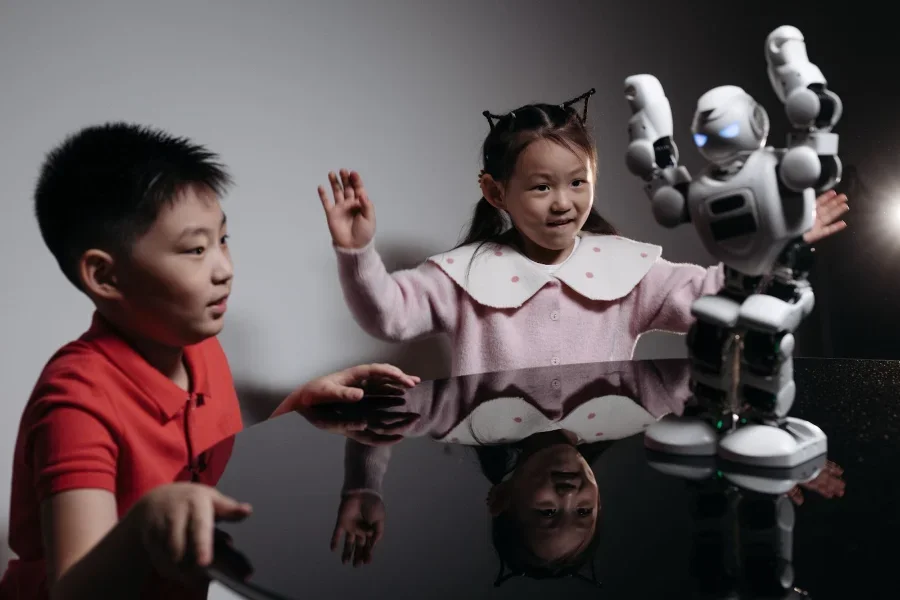
First and foremost, you want to make sure to sell age-appropriate products, because that’s what parents are concerned about the most. Robot toys for 4-year-olds should not be sold to older kids. Define your target age group and shop in line with that.
Robotic animal toys are often designed for toddlers while an 8–12-year-old would be more interested in an action figure remote control robot toy. Read the descriptions of the toys and look out for age tags such as “for toddlers”, “for children between ages 10–12” and so on. You can also review the robot (a robot car toy especially) to see if your target age group can learn from it, have fun with it, and operate it with ease.
2. Customizable, buildable, expandable, or not?
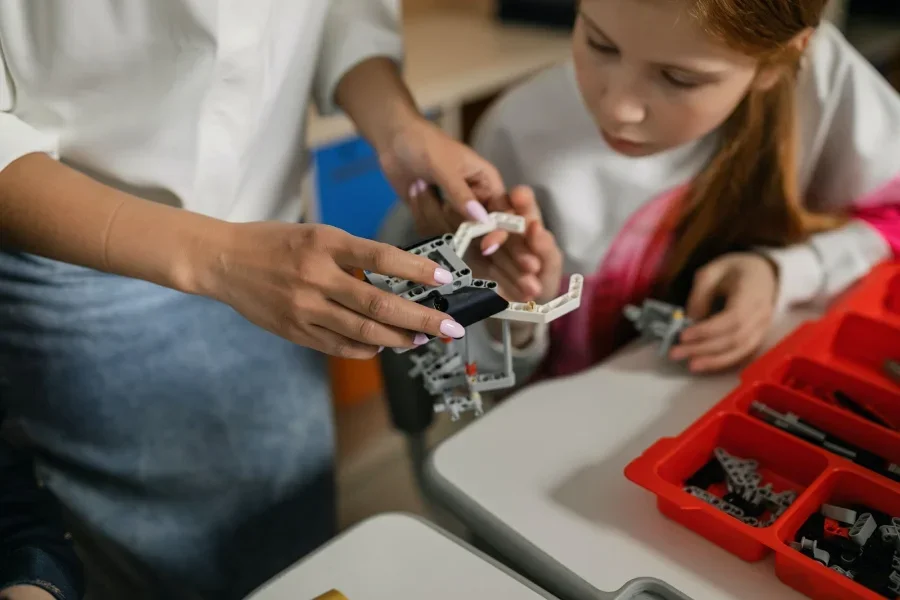
Now, this is where most sellers fail: buying static and boring toys that kids hardly want to play with. But you should equally avoid going overboard. Customizable toys (such as a lego robotics kit) allow children to explore their creativity and rekindle their flames of imagination.
Robot toys in this category are far more engaging and educational. However, you still need to consider the children’s age and childhood dreams. Sophisticated toys should be sold to smart 10–12-year-old kids who enjoy pulling things apart and love engineering a lot of moving parts together.
3. Price range – parent’s average income/affordability

As always, there’s no point in stocking up on products that are beyond the budget of your target customers. Smart sellers learn this quickly and so spend time researching buyers’ demographics and average income.
An easy way to know what your target perceives as a good-priced toy is to find out the average price of top-selling robot toys in your specific category. With 10,000+ active and verified suppliers, Alibaba.com lets you see this important metric of each product at a glance.
4. Interactive application
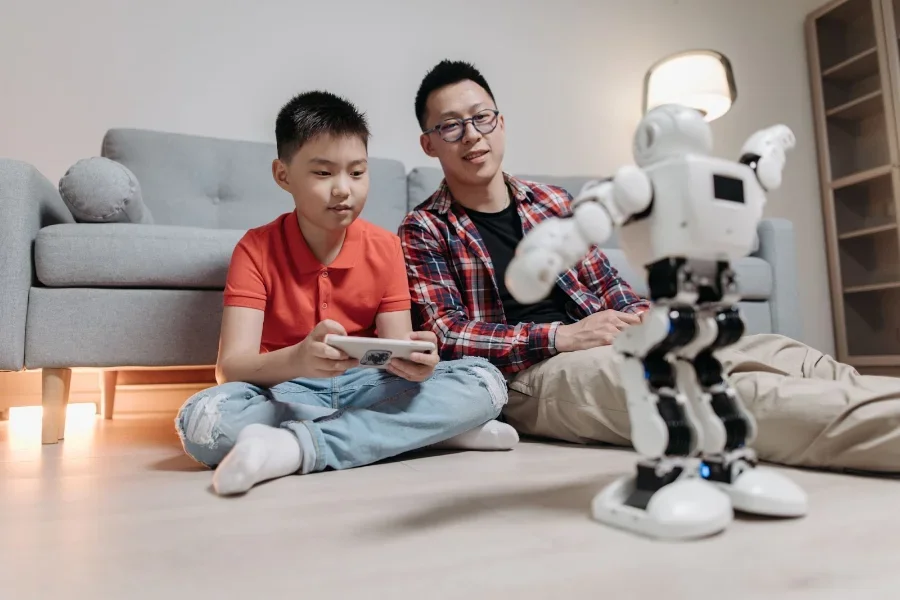
Most robot toys for kids are app-controlled, while others are remote control robots. When opting for the former, you need to make sure the app is freely available to download and is interactive enough for the target age group. You can look up the app of a kids’ robot toy online and watch the demo of how it is used to have an idea.
5. Coding language of the robot — smart or not?
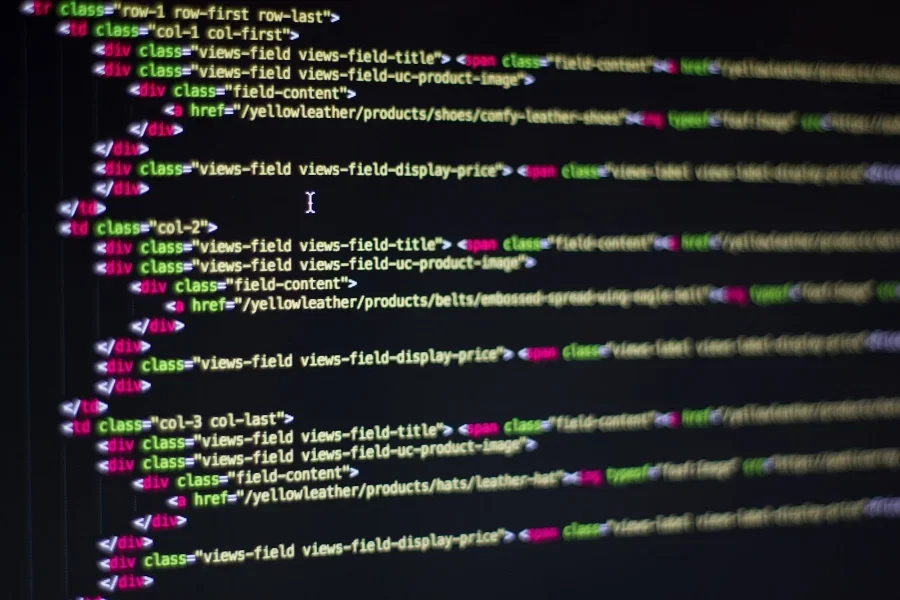
Ever since the release of the first robotic toy, the world has been clamoring about the adoption of robotic toys as a way to introduce genius kids to coding. But not every toy robot is geared toward that purpose. And the difference is all in the coding language of the toy.
Some robot toys use easy drag-and-drop block-based programming language that can be learned even by not-so-smart kids. Overall, know whether you’re selling to genius kids or not, and choose a toy with a programming language that meets that level of smartness.
6. Design and functionality
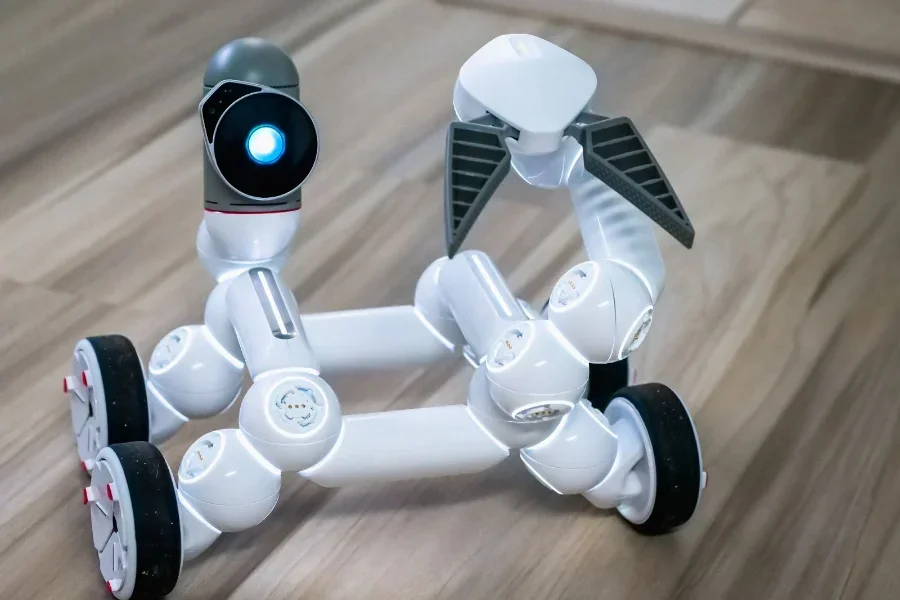
Each toy has a function (read as “purpose”). Some are designed entirely for entertainment, others solely for education, while there are also the in-betweens. Before adding a toy to your catalog, consider the use case.
Entertainment robot figures are mostly in animal designs such as a robo fish, robot dog toy, robot cat toy, robotic puppies, and other robot animal toys. A good buy in this category is a dancing robot toy. On the other hand, a lego technic robot, mega blocks robot, and some other interactive robot toy would be categorized as educational.
Conclusion
And there you have it. A complete guide to selecting profitable robot toys that sell fast. Remember, the key is in knowing your target market and giving them exactly what they want. You can also read up on the latest toy trends for kids in 2023.



